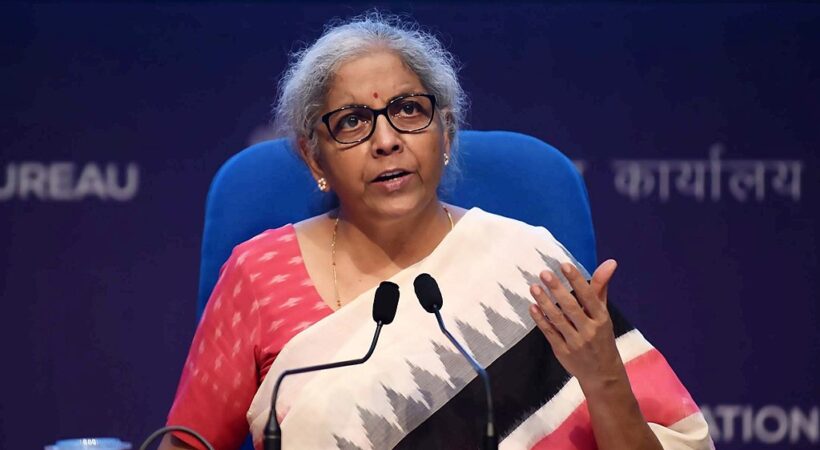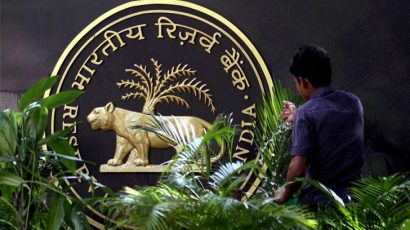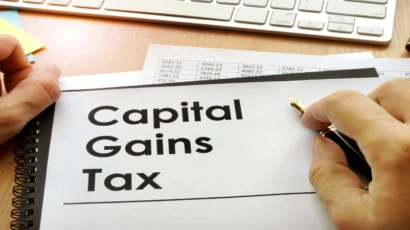India Budget Focuses On Economic Growth

Prime Minister Narendra Modi’s new budget included hefty spending on roads, airports and other infrastructure in an annual budget presented to Parliament on Tuesday, looking to spur growth, the Associated Press said in a report.
According to the report, the budget for the coming fiscal year, which starts on April 1, calls for $533 billion in spending, up from $477 billion in the current year, Finance Minister Nirmala Sitharaman said in presenting it to lawmakers.
“The economy has shown resilience to come out of the pandemic. We need to sustain the level of growth,” Sitharaman said.
She said the new infrastructure investments were part of the government’s economic blueprint for the next 25 years.
The budget would set the fiscal deficit at 6.4% of gross domestic product. It calls for spending $2.7 billion on highway expansion and $6.4 billion on housing for the poor. It includes spending on new roads and airports and an emergency credit line guarantee scheme for small and medium-sized businesses.
India is Asia’s third largest economies and is one of the fastest growing in the world. Growth is forecast at 9.2% for the current fiscal year after a 7.3% contraction the year before, its worst performance in 40 years. The government has projected growth for the coming fiscal year at 8% to 8.5%.
Rising vaccination rates helped instill confidence in reopening businesses after a devastating wave of coronavirus infections swept through the country in the spring of 2021.
Sitharaman also announced investments in organic farming and a special fund to finance startups in agriculture. But the budget offered no large stimulus program for farmers, many of whom are unhappy with the Modi party.
That could dent its prospects in upcoming elections which pit Modi’s Hindu nationalist party against an increasingly assertive opposition, particularly in Uttar Pradesh, the country’s most populous state. Elections there and in the leading grain producer, Punjab, and three other states will start on Feb. 10.
Farmers are an influential voting bloc in India, and most analysts believe rising anger among farmers will help regional and caste-based opposition candidates, especially in Uttar Pradesh.
In November, Modi’s government withdrew contentious proposed agricultural laws it had billed as necessary reforms after months of protests by farmers.
That was viewed as a serious setback for Modi, but resentment has not subsided and farmers are demanding that the federal government enact legislation providing minimum support prices for various crops.
Sitharaman said climate action is a major government priority, promising more spending on electric mobility and solar power.
She said 400 energy-efficient trains will be manufactured over the next three years as part of India’s goal to become energy independent by 2047.
The budget laid out other initiatives, such as a Digital Rupee to be issued by the Reserve Bank of India using blockchain technology. The government also will hold spectrum auctions for 5G mobile services in the coming fiscal year.
The budget also includes a proposed 30% tax on income from cryptocurrencies.
It is bound to be enacted since Modi’s party holds a strong majority. But India’s opposition parties said it fails to adequately address inflation and unemployment.
The main opposition Congress party spokesperson Randeep Surjewala dubbed it as a “nothing budget.”
“The pockets of the poor, salaried class, middle class, farmers had been empty, but there is nothing for them in the budget. The hopes of the youth are broken but there is nothing for them either,” Surjewala said in a tweet.















